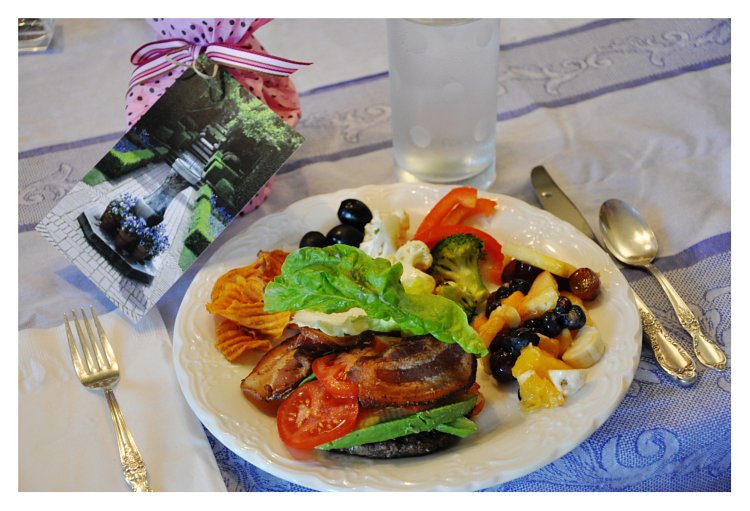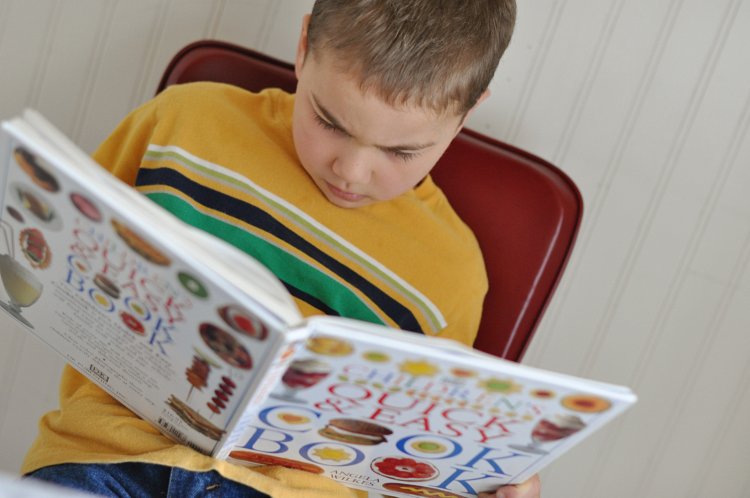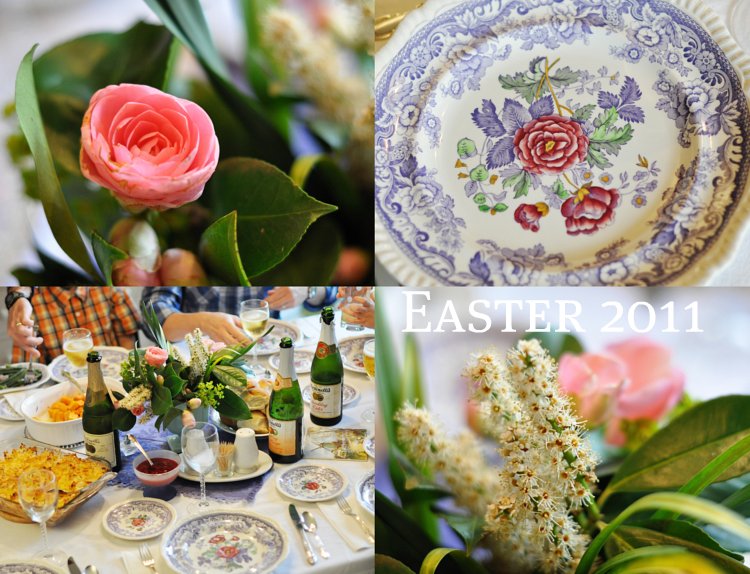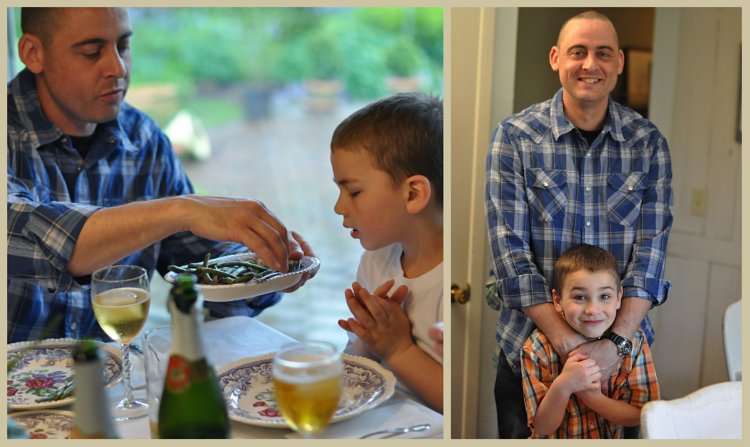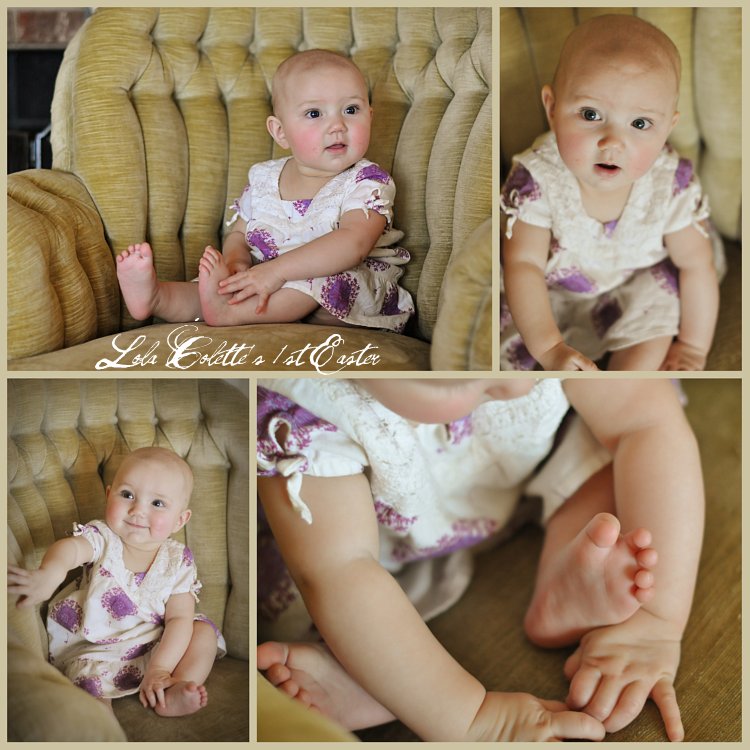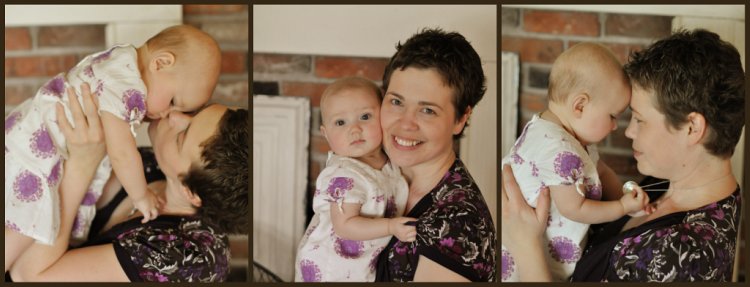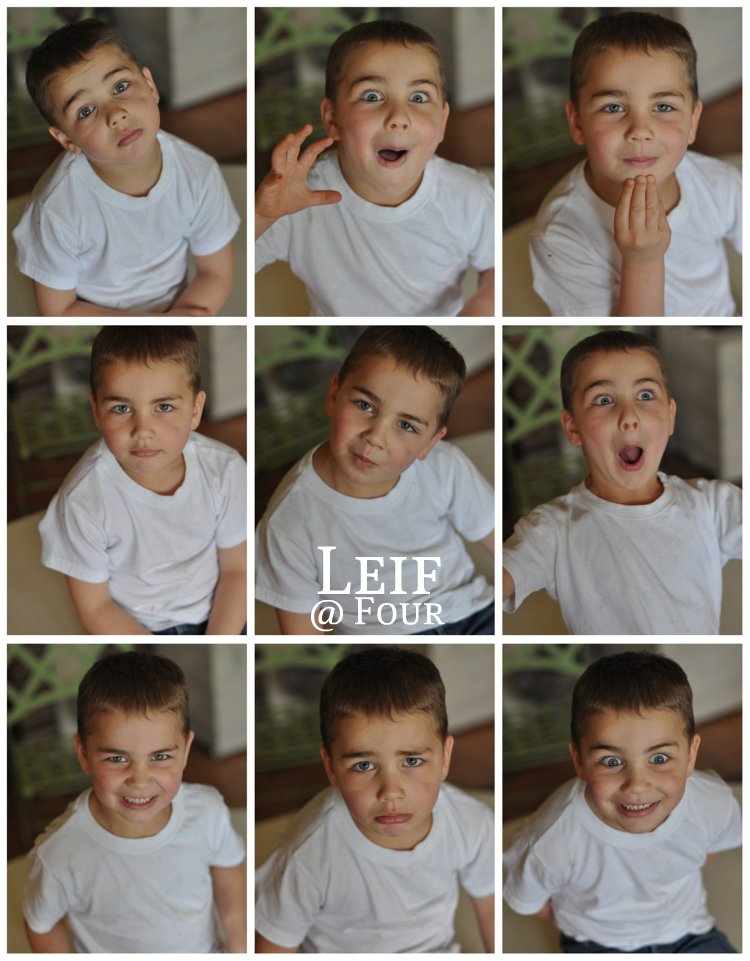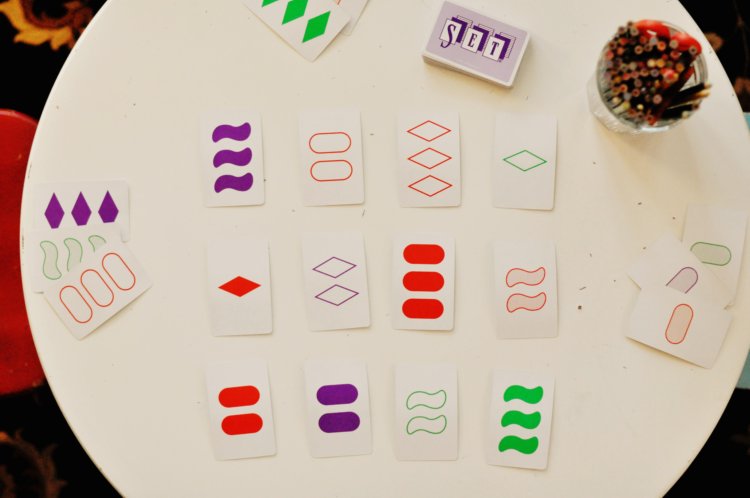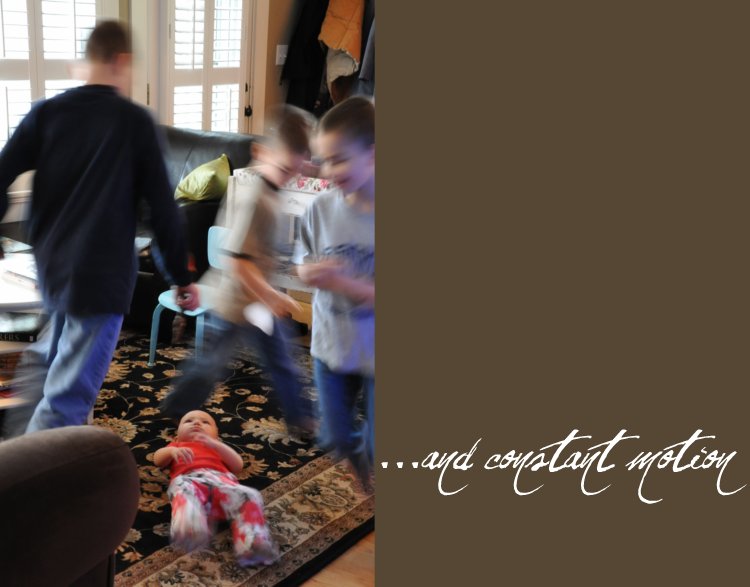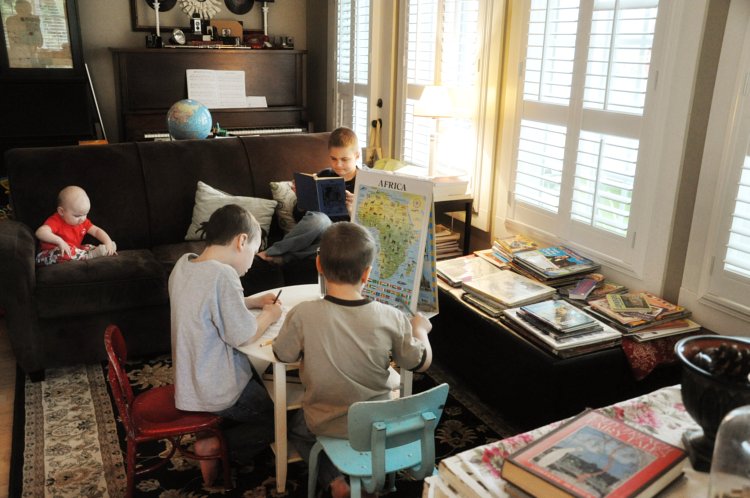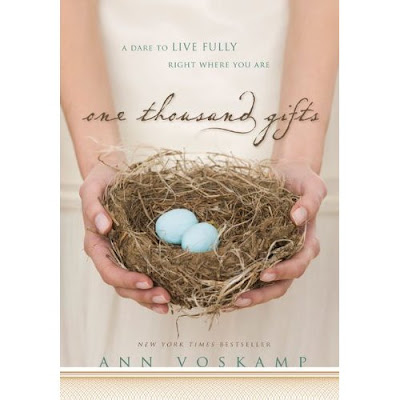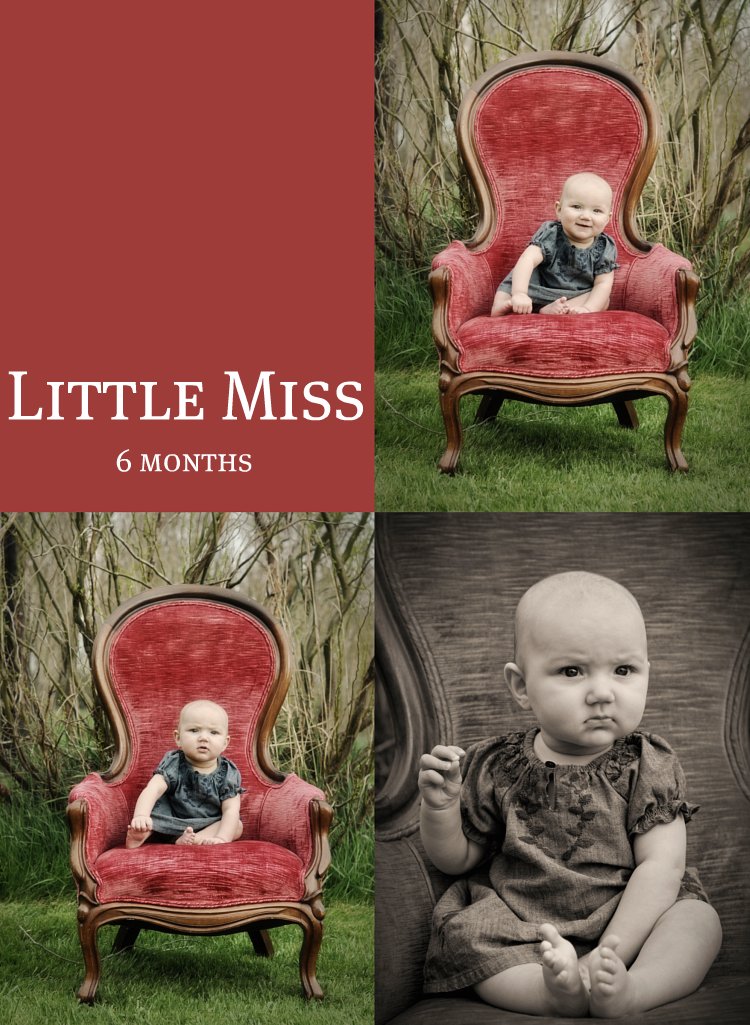Thirdly, Language Arts: This is our symphony. Many magical notes working together to produce something beautiful. Complex, interwoven, and harmonious. Can you hear the angels singing? Did I mention complex? Grab a cup of coffee and get comfortable. This is a long one.

All About Spelling: Oh, how I wish I would have started AAS two years ago, but no time for regrets. Luke and Levi began level 1 in January and completed it in April. We will move more slowly through the next levels. I love how easy the teacher’s manual is to use. I love learning the phonograms. I love the multi-sensory approach. I love how systematic and complete it is. I love learning spelling rules with the key cards. I love that the program includes dictation of phrases and complete sentences. I love that we can use the Handwriting Without Tears writing paper and that I can sit by Luke and make sure his letter formation is correct. (His handwriting skills improved so much the past few months.) I love the built-in review and mastery-based system. Love it. So much so that I signed up to be an affiliate. Here is my link.
Writing With Ease: The grammar and writing program laid out in The Well-Trained Mind excels at systematic, incremental, age-appropriate, concrete, simple-to-implement language skills. It builds discipline in small, manageable steps. I’m just now going back and rereading the instructor’s text for The Complete Writer: Writing With Ease.
Have you read Death to high school English @ Salon.com, yet? These are the same sentiments expressed in Dr. Susan Wise Bauer’s Writing With Ease. Dr. Bauer teaches writing and literature at the College of William and Mary in Virginia. In the introduction of Writing With Ease, Why Writing Programs Fail, she states:
I read through scores of incoherent, fragmented, unpunctuated papers, written by students who graduated from well-funded high schools with small classrooms and qualified teachers.
What are those students being taught before they get to me?
It’s not that they don’t write. In fact, in an effort to solve the problem of poor writing skills, schools are giving longer and more complex assignments to younger and younger children. The theory is that the more writing children do, the better they’ll get at it…
Meanwhile, writing skills continue to decline.
Writing With Ease shows parents how to teach their grammar-level children to build essential writing skills through copywork, dictation, and narration. I have been and will be using these methods for writing across all subjects. I’m toying with the idea of purchasing the workbooks for use next year when I need something pre-planned, though we do some copywork with Handwriting Without Tears workbooks and dictation with our spelling program.
(The Complete Writer series continues with logic and rhetoric stage books.)
Michael Clay Thompson’s Grammar Island: Michael Clay Thompson excels at revealing the exquisite, imaginative, endless possibilities of language while making rigorous language study not only accessible, but also an absolute joy for children. MCT materials are a magical symphony all on their own. The author’s awe of and appreciation for language is infectious. You can read an introduction to the series at this link.
MCT language arts program is a snuggle on the couch, read, and talk about language program. The Island level is geared toward 3rd graders, but Luke joined right in. The books are story-based, imaginative, and visual. The font is large (perfect for reading together). There are a limited number of words per page (perfect for allowing the reader to really let each idea ‘settle’). The teacher’s manual has small boxes with questions and conversation topics for Socratic dialogue. There are no ‘lessons’ or schedules. We just read the book together for however long we wished. We learned about the parts of speech, the parts of the sentence, phrases, and clauses.
(It was nice to have both the student and instructor books for Grammar Island, but only the instructor book is absolutely necessary.)
Though the grammar concepts taught in Grammar Island are reinforced and practiced continuously in Practice Island and reinforced and expanded in Sentence Island, I desire a greater mastery of grammar definitions for the boys. Voila! Enter Classical Conversations. This year the boys memorized the 8 parts of speech, the four kinds of sentences, definition and usages of nouns, definition of pronouns and extensive lists by usage (subject, object, indefinite, interrogative, demonstrative, reflexive, possessive, possessive adjective) which have surprisingly been extremely helpful to refer to when analyzing sentences, and definitions of adverbs, conjunctions, interjections, gerunds, and appositives. Next year they will memorize verbs and tenses as well as sentence parts, structures, and patterns. (The year after next they memorize the prepositions, helping verbs, and linking verbs.)
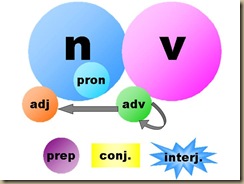
MCT Practice Island: As soon as we finished reading Grammar Island (which didn’t take long), we began practicing four-level analysis (which was introduced in Grammar Island) with Practice Island. This book gives us one hundred sentences to work through and really solidify the grammar concepts we have learned. On the first line we label the parts of speech. On the second line we label the parts of the sentence. On the third line we label the phrases, and on the fourth we label the clauses and type of sentence. I loved the additional comments in the teacher’s manual regarding additional concepts such as transitive and intransitive verbs, alliteration, and so much more. The comments add great value to the practice book. We try to analyze several sentences each week as our schedule allows.
(Again, it is nice to have both the student and instructor books for Practice Island, but only the instructor book is necessary for us because we do all the work together on a large white-board. If you want your child to do independent work, the student book is very convenient to use as a workbook.)
(No, MCT does not teach sentence diagramming. The sentence analysis gets us just a fraction away from the diagram, however, and I plan on showing the kids how to diagram in the next year, possibly with Susan Wise Bauer’s First Language Lessons.)
MCT Sentence Island: We started reading Sentence Island as soon as we finished up Grammar Island and had a couple sentences of Practice Island under our belts. The boys would beg to read this one. They would each take a character and read the lines with personality. Again, the author was able to convey just how wonderful and imaginative language can be! This is the writing portion of the program. The main body of the book is a story book, just as with Grammar Island, but the teacher’s manual again included small boxes on the story pages with questions or discussion topics. For each chapter you also find core concepts, concept discussion, points to emphasize, writing activities, and additional four-level analysis sentences.
I will say that many of the writing activities were open-ended, creative, ambitious, and just beyond what we were able to do. I decided to enjoy the book together, learn the concepts, talk about language, and use a more concrete, incremental approach to our writing exercises.
A quote from the instructor’s portion of the book:
Recent trends in writing instruction have sometimes resorted to strategies for avoiding the academic essence of good, correct writing, perhaps under the unfortunate assumption that academics are not fun. Sentence Island is based on the opposite philosophy—that it is not learning enough that destroys student motivation, that high academics are exciting, and that the elements of writing can and should be presented in their glossy academic glory, and called by their right names, so that students will know they are learning something important.
There is also an emphasis on appreciation and aesthetics in Sentence Island because that is a part of the truth of writing, that sentences are beautiful. The balance of the idea, harmony of subject and verb, the clarity of a phrase that modifies what it is supposed to modify, the crystal clear arrangement that places a power word at the end of the sentence—these things are beautiful. Writing is an art, and the ability to enjoy the beauty of a sentence is similar to our appreciation of other arts, such as painting or music.
I loved the final chapter of Sentence Island which introduces children to the concept of adding poetic techniques to their writing. It was the perfect way to launch our next book:
MCT Music of the Hemispheres: The poetics book covers rhyme, alliteration, meter, stanza, and similes and metaphors. Using examples from Robert Burns, Shakespeare, Carl Sandburg, Percy Shelley, Emily Dickinson, and more, the author brings poetry to life. We have only begun to read this one, but already the boys love it. (As an aside, Luke loves finding connections. He was thrilled to see a poem by Emily Dickinson because we have recently read about her for our fine arts study, and he was excited to find out that Percy Shelley was married to the author of Frankenstein (one of the little discussion comments in the book) because he just read a retelling of Frankenstein for our literature study.)
MCT Building Language: The boys and I enjoyed this book as much as the others. We started it about the same time as Sentence Island. The book begins by telling children about Ancient Rome and the history of the arch. It tells them that much of our language comes from Latin and that a Latin stems is like the arch which becomes a building or an aqueduct. Building Language again focuses on the beautiful form of language. Children learn ten Latin stems, and are introduced to several more. Each Latin stem takes on a personality of its own in creative stories. Children are introduced to a handful of words using the stem, shown parallel words in Spanish (perfect!), and encouraged to look up words in a dictionary. Our favorite exercise was creating a simile from one of our new words and explaining it, such as ‘Supervision is like a rainbow.’ (Luke now shouts with excitement every time he finds one of the Latin stems in a word.)
Institute for Excellence in Writing: While Writing With Ease is strong in concrete writing skills and MCT’s Language Arts are strong on creative expression and the beauty of language, I really wanted writing lessons that were somewhere in between. That is where IEW comes in. IEW excels at giving children concrete, incremental ways to experiment with language. We are just beginning with Teaching Writing: Structure & Style and Student Writing Intensive A, but I have seen immediate results. The key word outline system is such a fabulous method for getting children to write without trepidation. I am looking forward to using this program over the next few years and in each subject we study!
IEW Primary Arts of Language: I just purchased this program to review for Luke (and Leif). I think I will pull my favorite aspects of Primary Arts of Language and integrate them with our other studies. I particularly like the story sequence chart and outline for story summaries/narration as well as the writing style projects. Since my boys already read fluently, are working on level 2 of AAS, use Handwriting Without Tears, and are being exposed to the key word outlines from the higher level writing program, much of this will not be needed, though I think it is a terrific structure for a classroom setting. I prefer not to have all of these skills integrated into one program for homeschool purposes.
IEW Poetry Memorization: I’m sold on the importance of memorizing poetry in addition to poetry reading, appreciation, tools, techniques, and analysis. (This is an excellent article on the subject, if you haven’t read it.) Classical Conversations memory work does not include any poetry, so I’ve added this program to the line-up. It works perfectly for us. It is mastery-based, contains a terrific variety of poems (funny, serious, sweet, long, short) from a stellar line-up of poets, and includes all of the poems on CD. We listen to them at home and in the car, and use the book to follow along or for quiet review.
Some of you may be mentally adding up the cost of these materials and exclaiming (or fainting). It is certain: this is not an inexpensive (nor time-conservative!) way to do language arts! I have spread out my purchases, as well as ordered some of the more expensive programs through our distance learning program. I am not suggesting everyone must use all of the resources listed, merely sharing my thoughts on each.
I’m sure I’ll have to edit this several times as I read through and find mistakes, things I want to clarify, or (heaven forbid) add. The nice thing about teaching my children is that I am finally learning language skills myself! {Closing my eyes and clicking on ‘publish.’}




